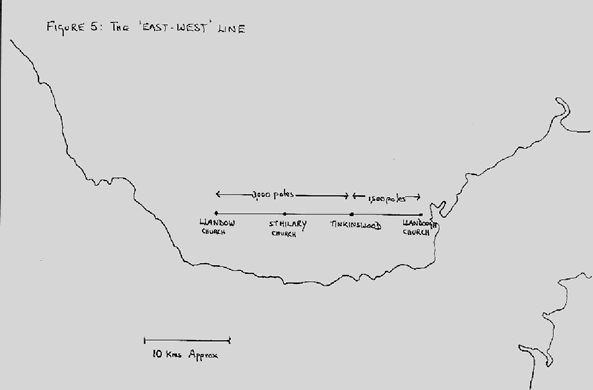
TINKINSWOOD’S RELATIONSHIP TO OTHER SITES
1. The ‘East-West’ Line
It is widely accepted that many sites first laid out by neolithic people were subsequently used for religious or other public purposes by their succesors. Christian churches were frequently built on pagan sites of worship and equally castles, hospitals, Roman roads and junctions were also often built on, over or alongside structures from the past. Many such ancient sites in the Vale of Glamorgan appear not to have been built in hapazard fashion over the landscape but instead in precise relationship to each other and to the Tinkinswood Cairn.
Thus at some stage someone plotted a line running due east-west through the site Tinkinswood Cairn. On this line three sites were laid out at regular intervals. These sites have subsequently become the churches of Llandough (near Penarth), St Hilary and Llandow.
Three factors make this a remarkable line. First, it runs due east-west (grid 090-270) across the Vale of Glamorgan. Second, it passes through the Cairn at Tinkinswood. Third, the sites are at approximately regular distances over the 4,500 pole (22.5 km) length of the line. Tinkinswood bisects the line in the precise ratio of 1:2. For further information click on the ‘East-West’ line link below.

Fig 5 Sketch of the ‘East-West’ line
2. The ‘Machen’ Line
The ‘Machen’ line is an imaginary line 6,000 poles in length (30 kms) which Tinkiswood also bisects in the ration of 1:2. It runs at an orientation of approximately 037-217 to grid north, south-west to north-east from the site today marked by Penmark Church through Tinkiswood and then on to the sites marked respectively by Michaelston-super-Ely, St Fagan’s and Machen churches. Penmark is 2,000 poles from Tinkinswood; Machen is 4,000. This line also traverses the sites of Whitchurch Hospital and Llanishen Cemetery (burial ground). The sites of both of these are possibly ancient in origin, - the centre of the Whitchurch hospital lies 1800 poles from Tinkinswood.
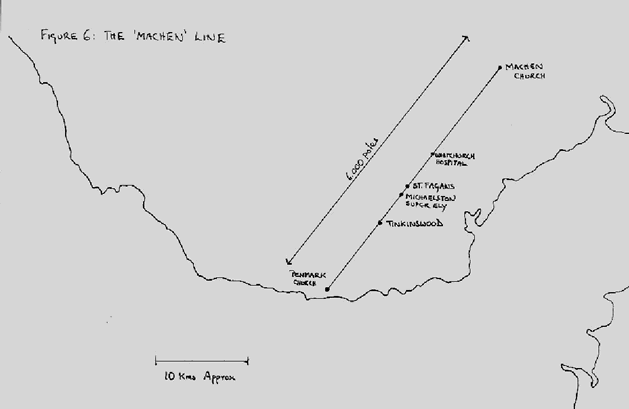
Figure 6: Sketch of the ‘Machen’ Line
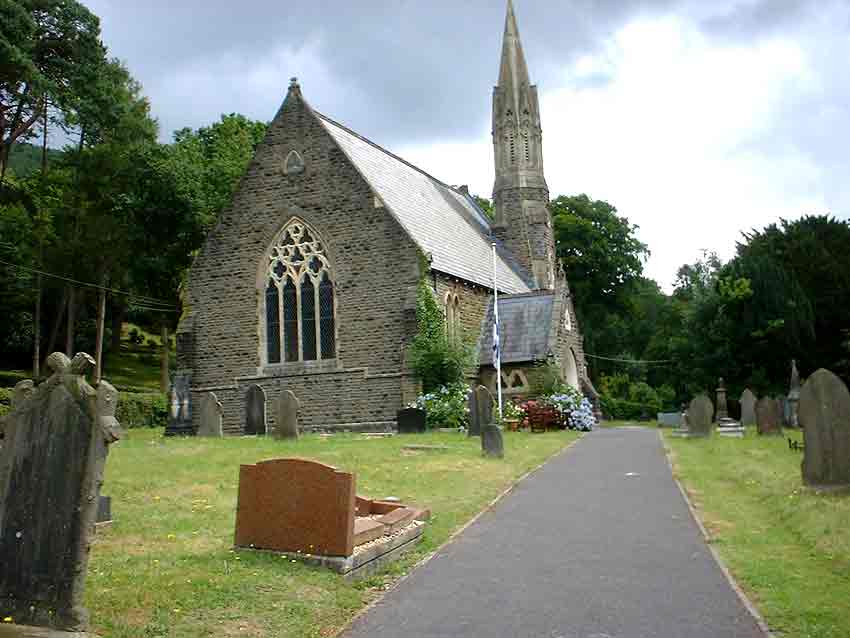
The End of the ‘Machen’ Line: The Church at Machen. Although the Church is relatively modern the site is almost certainly ancient
3. The ‘Llandaff Cathedral’ line
This imaginary line is 7,000 poles (35 kms) in length and, as the name implies, passes through the site that today is marked by Llandaff Cathedral as well, of course, as Tinkinswood. It also runs south-west to north-east, the angle this time being 053-233 with reference to grid north. By accident or design this is approximately the line of midsummer sunrise in the Vale of Glamorgan. On the ground at Tinkinswood the present day avenue of hawthorns, beneath which are many stones, may mark this line of midsummer sunrise.
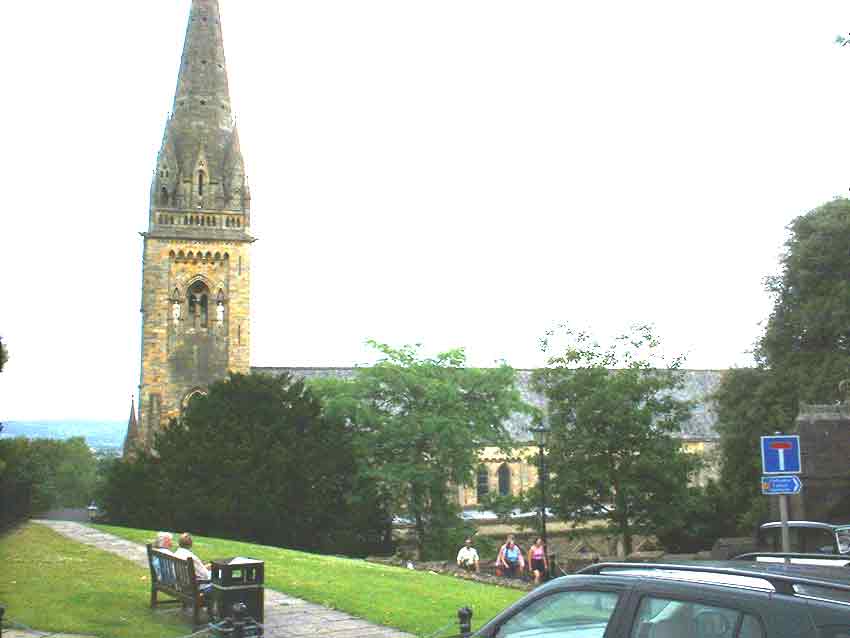
Llandaff Cathedral
The two ends of the ‘Llandaff Cathedral’ line are Summerhouse Point on the Vale coast and Bassaleg church near Newport. At least six ancient sites occur on the line, respectively, the present day sites of Llancarfan church, Tinkinswood, Ely church, Llandaff Cathedral, University of Wales Hospital Cardiff, and Bassaleg church. Interestingly, Llancarfan and Ely appear to be equidistant from Tinkinswood while part of the Hospital site lies at an exact distance of 2,000 poles.
For once Tinkinswood does not appear to be the most important site on the line; it cedes this position to the Llandaff Cathedral site which is the one bisecting the line into the precise ratio of 3:4. The Cathedral site is 4,000 poles from Summerhouse Point (allowing for some coastal erosion) and 3,000 from Bassaleg. Tinkinswood is 1,600 poles from Llandaff.
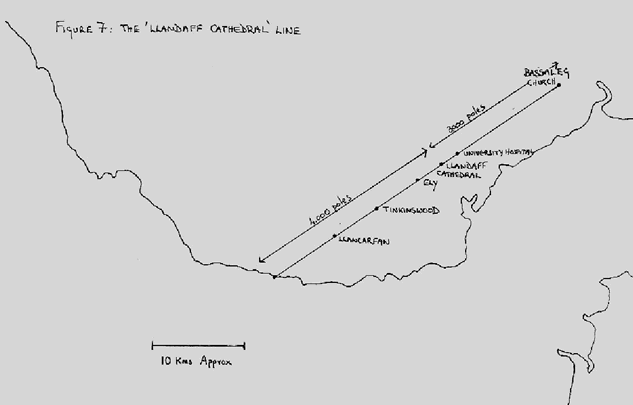
Figure 7: The ‘Llandaff Cathedral’ line
4. The ‘Line of 1 May’
The Tinkinswood Burial Cairn is oriented towards the north-east. This may possibly coincide with sunrise of 1 May, another date with which the Cairn has been associated in folklore. An imaginary line projected through the Cairn following this orientation strikes Llanmaes church and St Donats Castle in the one direction and St John’s church, Cardiff in the other. However, as no clear information has yet emerged about whole number distances or whole number ratios that can be associated with this line, its existence must remain conjectural at this stage.
NEXT - Conclusions
BACK– Tinkinswood Linked to Other Geographical Features
MORE DETAIL
More Details about the Tinkinswood Burial Cairn